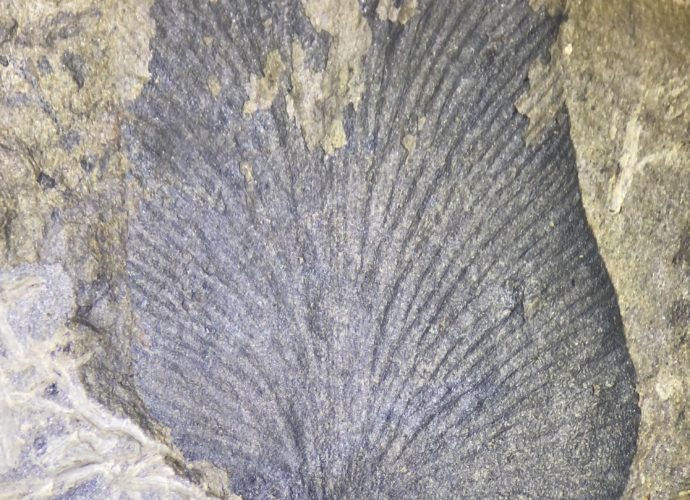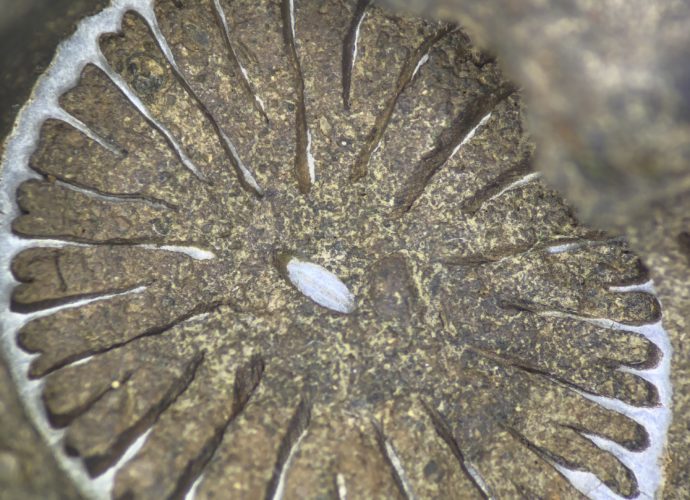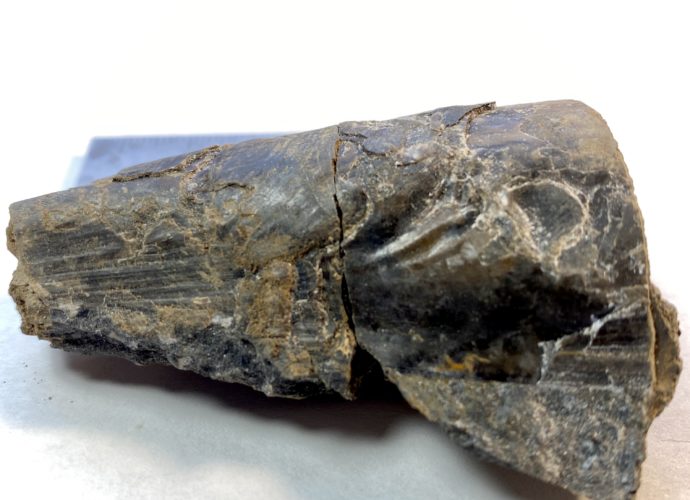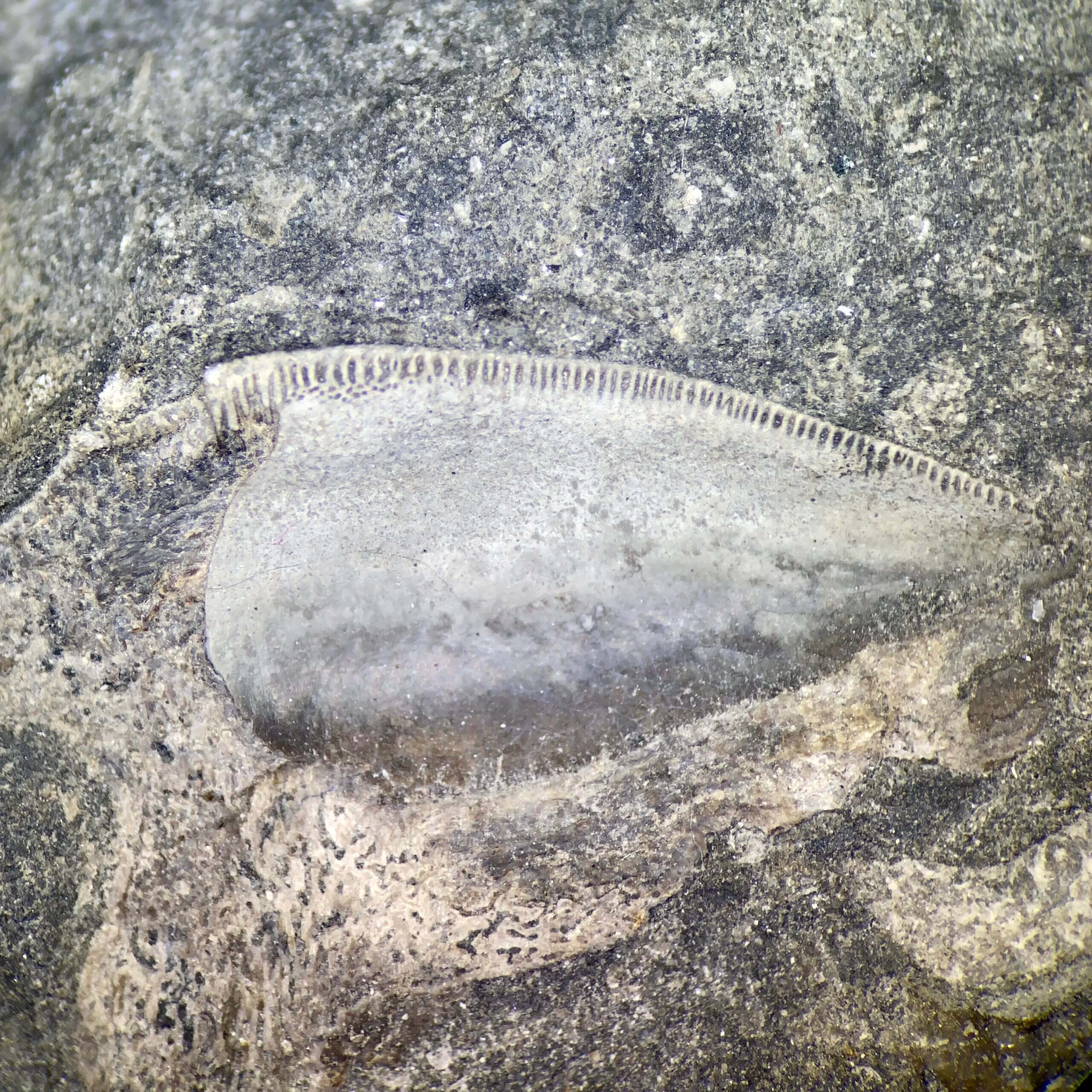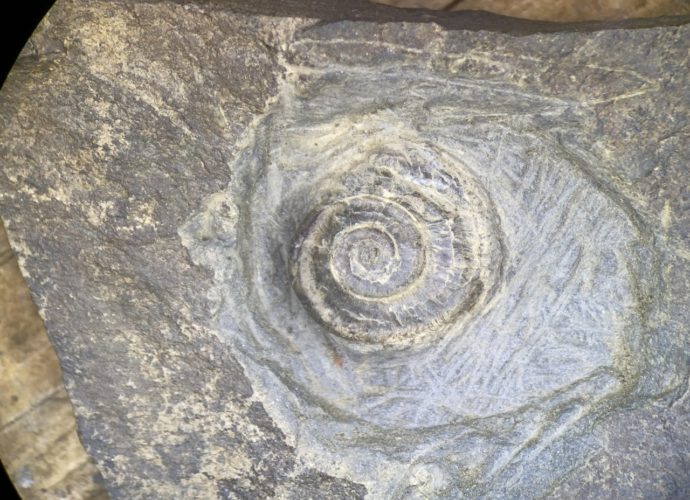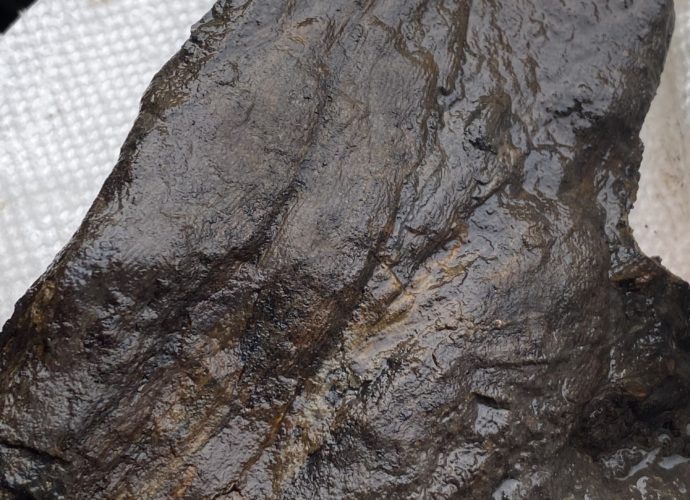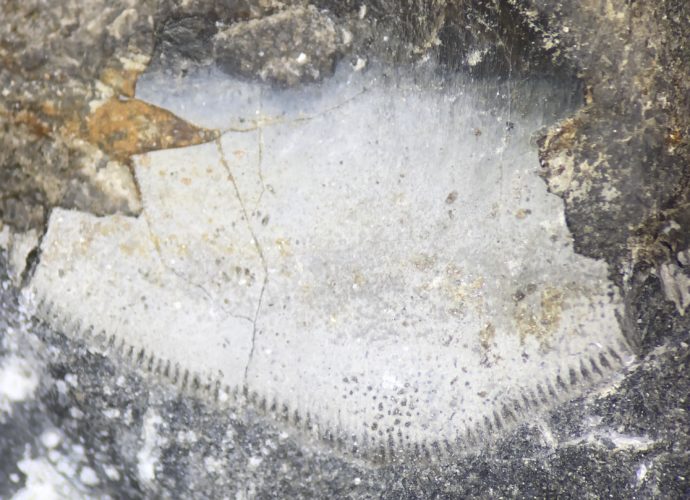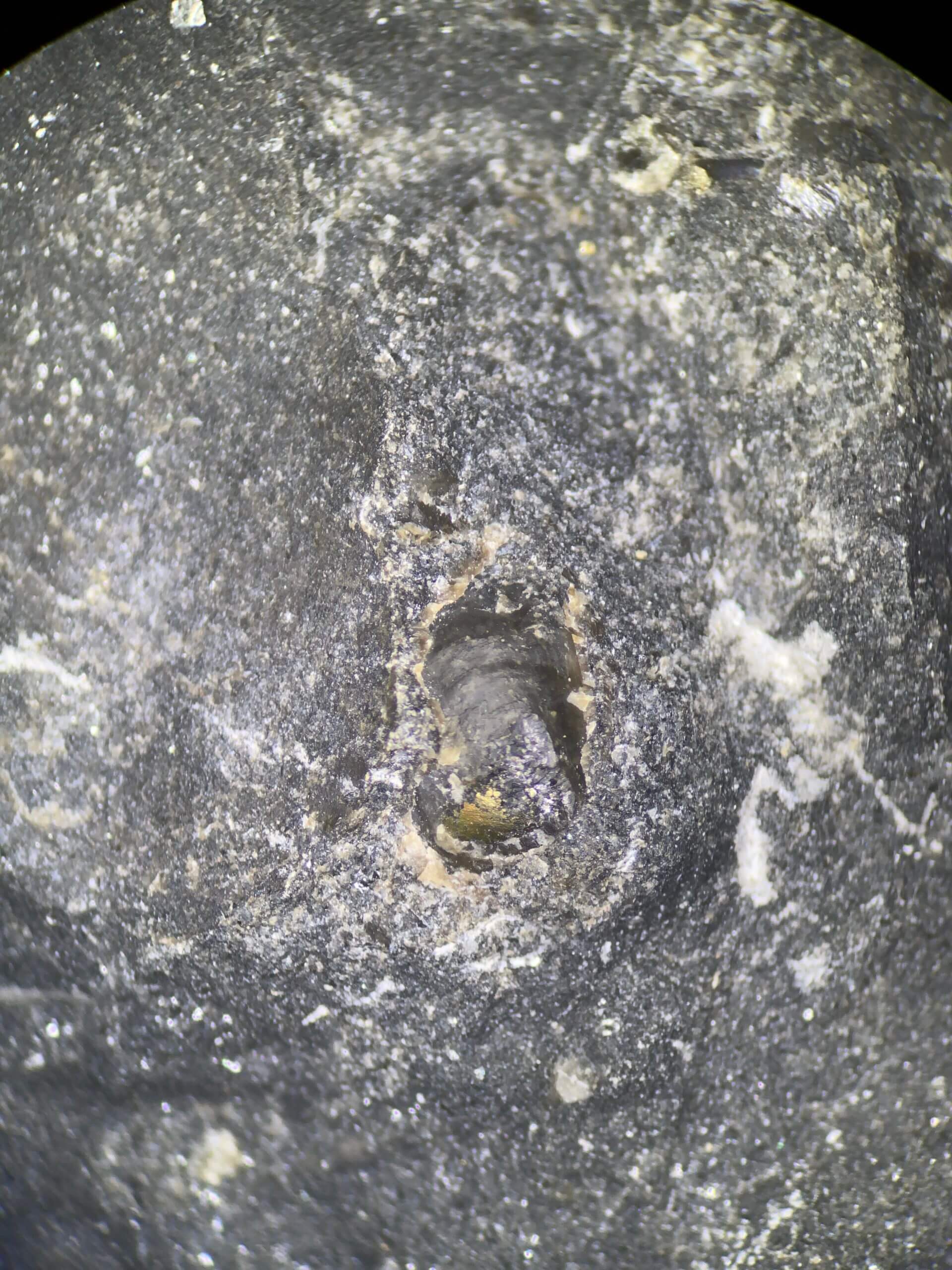Macroneuropteris II
Macroneuropteris is a much more rare genus than Pecopteris. However, these can be found locally in the shale below the primary limestone layer. The detail within the leaf of this specimen is stunning in my opinion. The Middle Pennsylvanian Sydney Mines Formation, found in Nova Scotia, Canada, have revealed aRead More →

